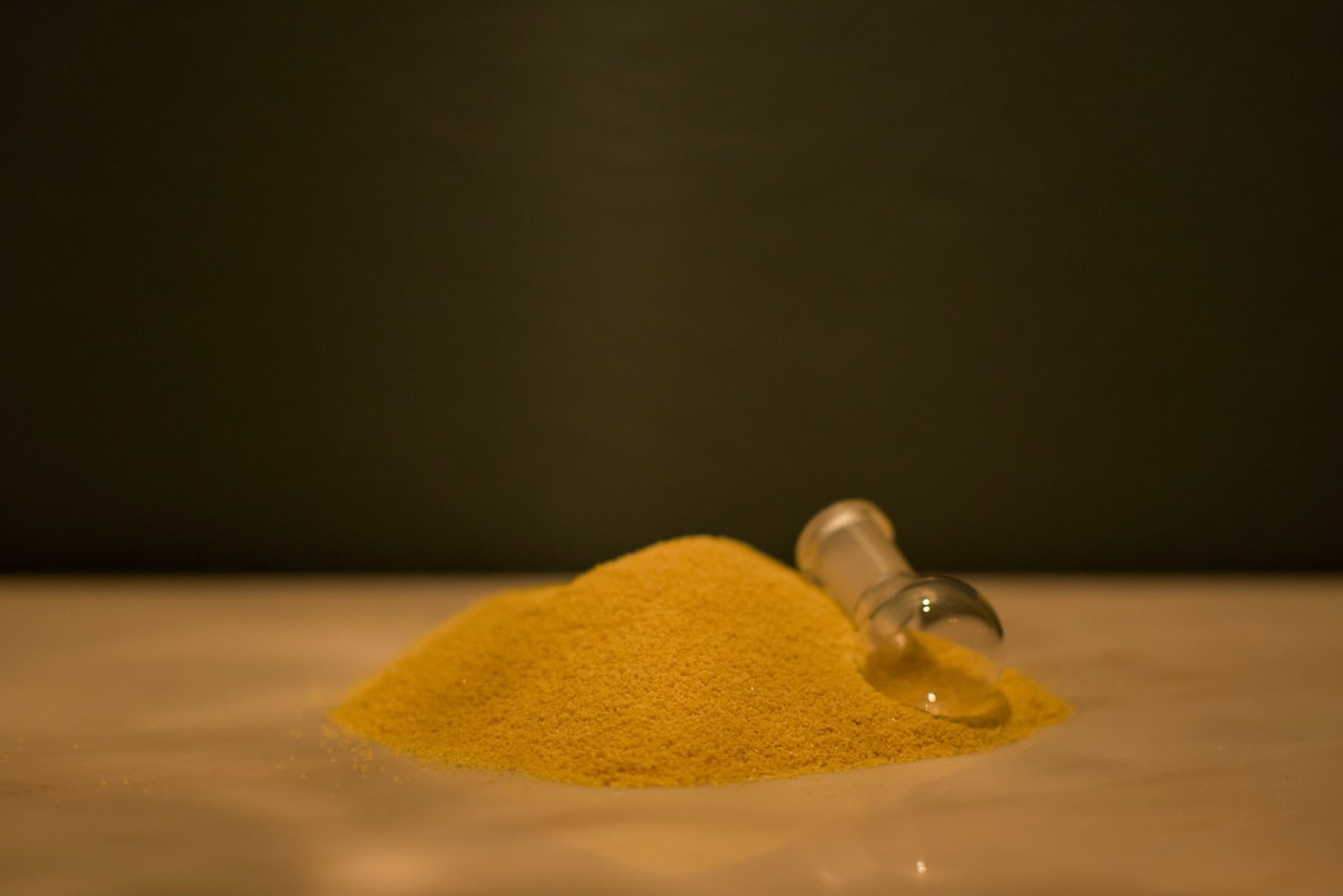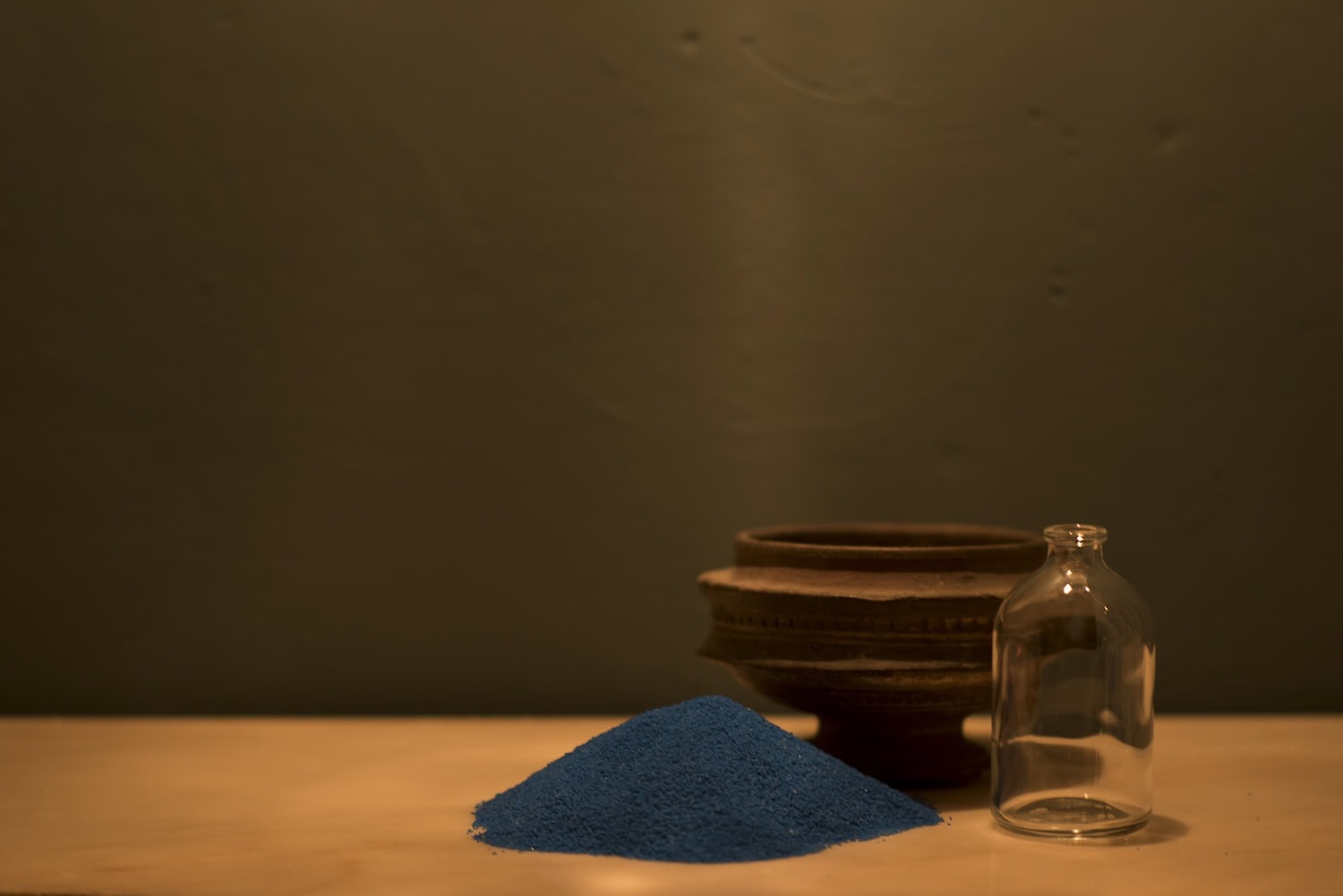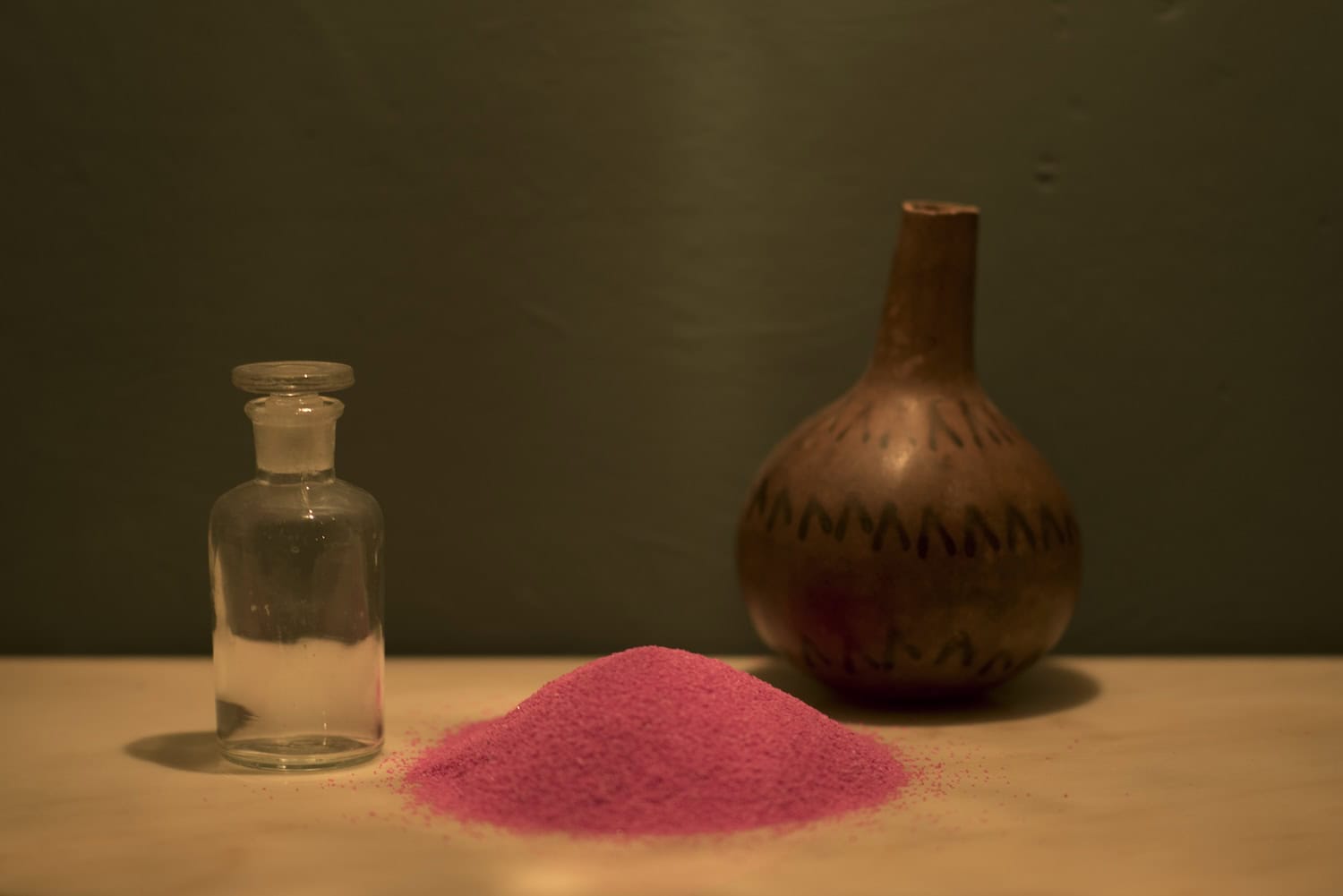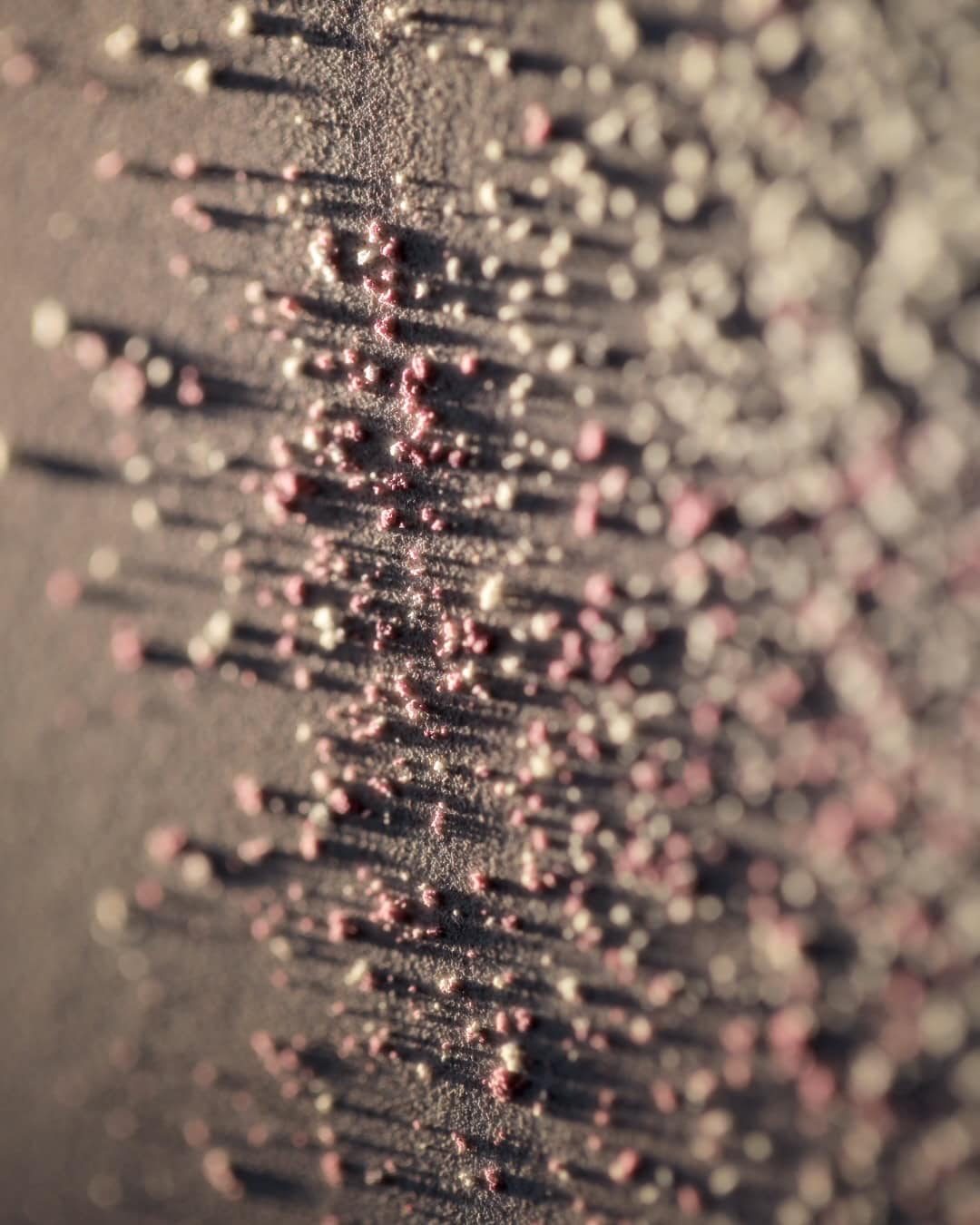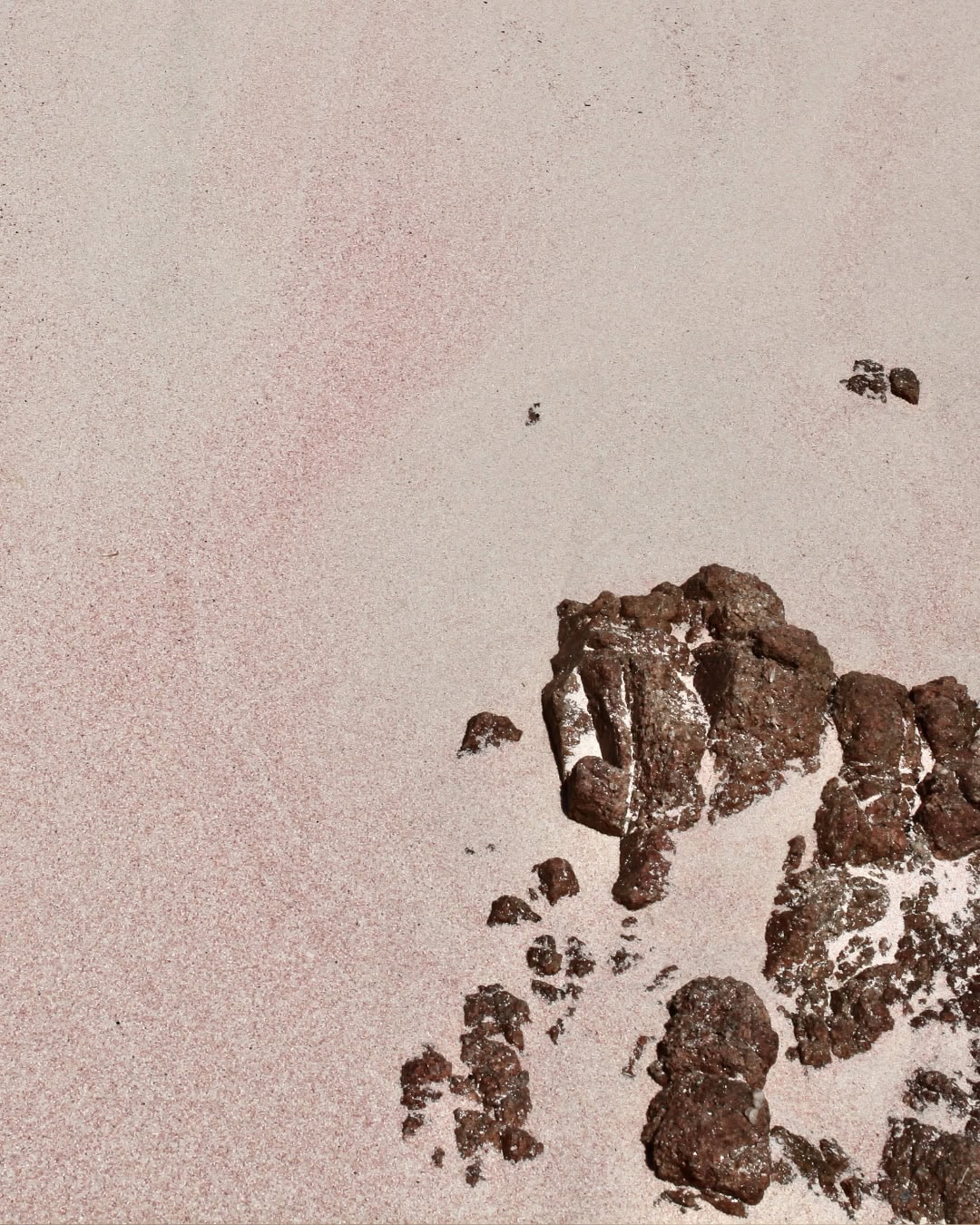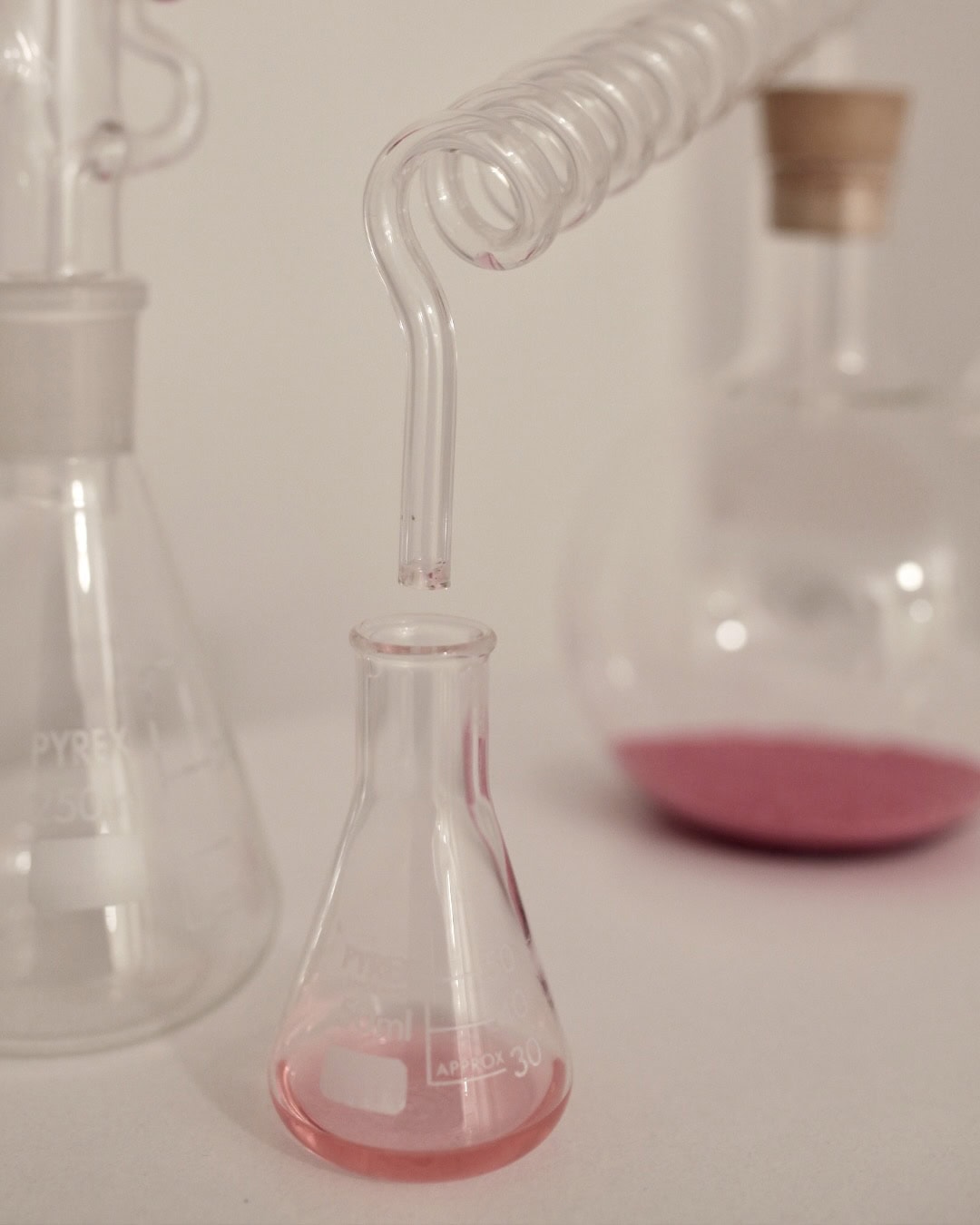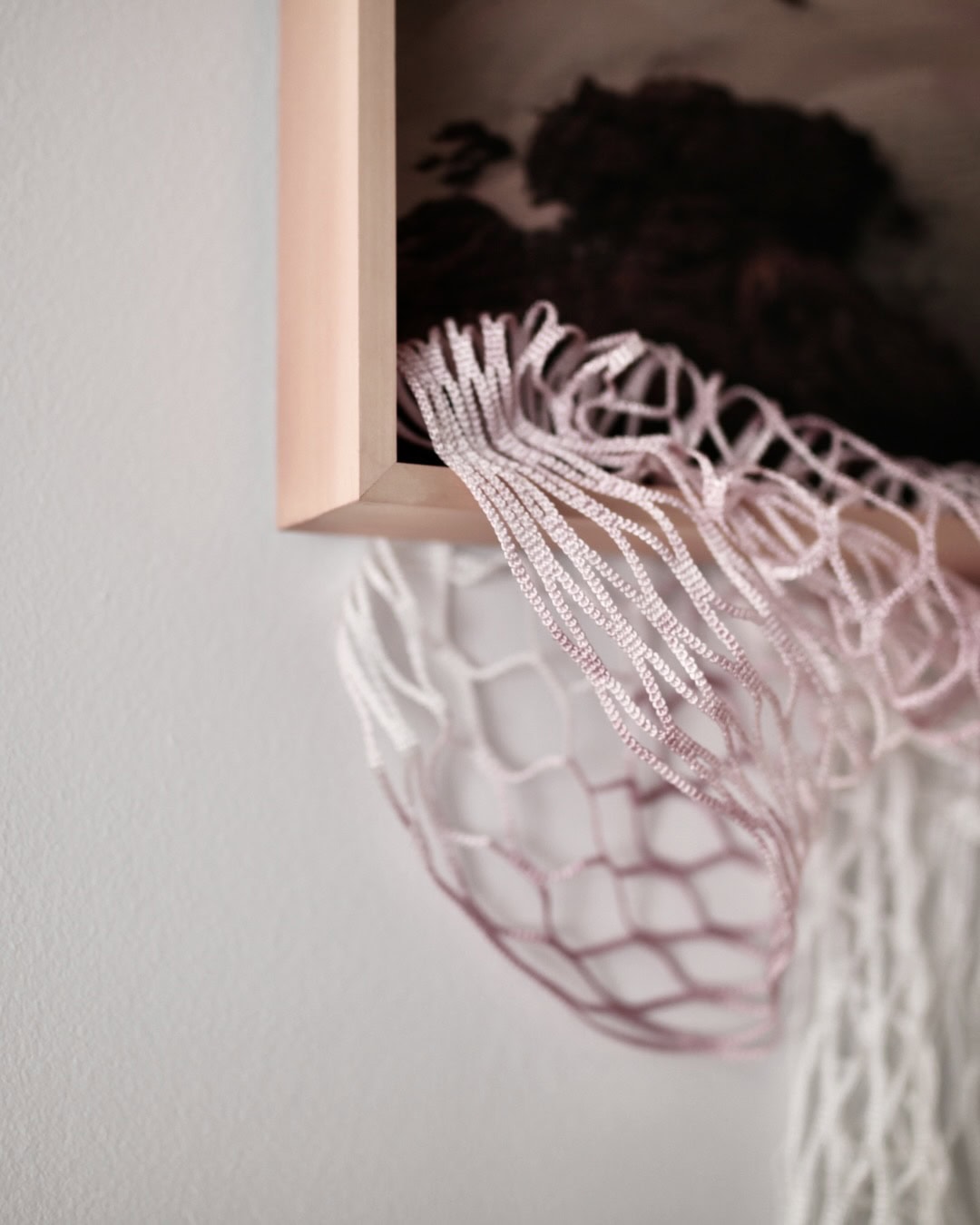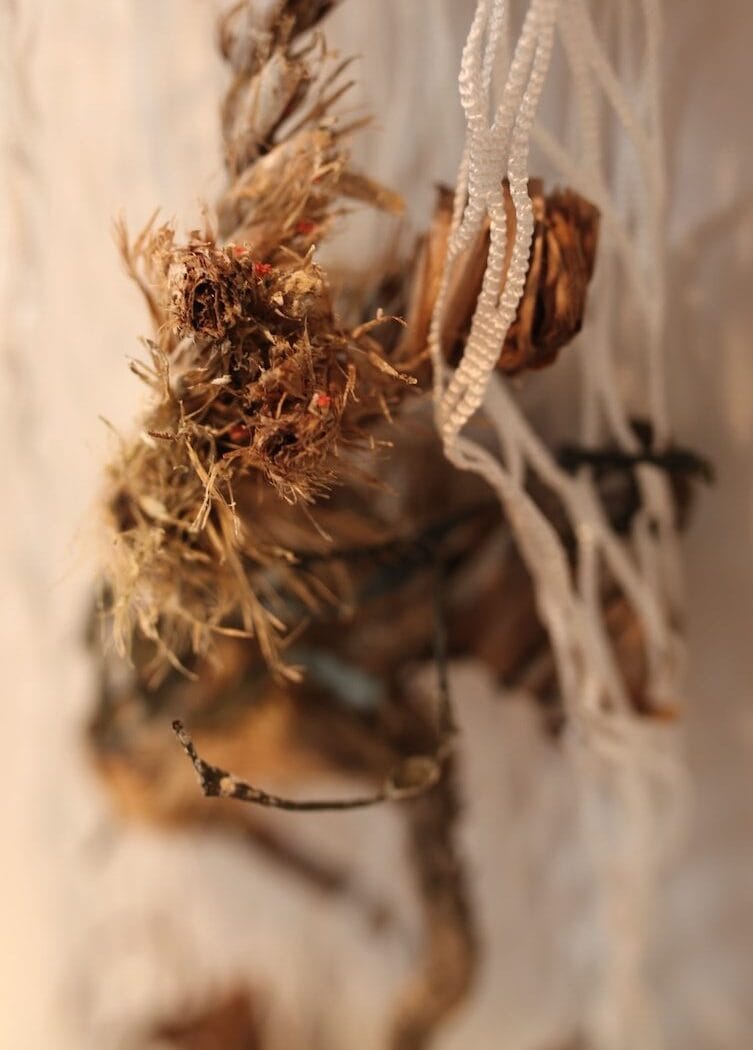Angelo Iodice is careful about what he gives away. “I have always tried to leave in my work a mark that is recognisable,” he says. He reflects on his practice in the art industry highlighting how he is very interested in the final fruition of his work, and how it gets right to the mark and begins to act.
To the question of how his practice moves between photography and installation today, he asserts he could not find the point of origin of their commingling. He could not tell you when the mere distinction between photography and installation began, but he certainly realises that very often spaces and the very act of staging–which is at the core of his practice–require constructs that go beyond the bidimensionality intrinsic to the photographic image. It is as if an object or installation can only find its completion in dialogue with images to prepare greater space for the interpretation of the whole work.
“During one of my last readings, I was struck when I read that the creative gesture comes from the indelible trait of an image that marks the artist’s unconscious and prompts him to repeat it in its infinite variations, and all this I find deeply ruthless because it is completely authentic,” explains Iodice. He refers to the Lacanian understanding of the unconscious as a malleable portion in which the first impressions of the world sediment, those same first impressions that precede the existence of the articulated system of language.
The object, the idea of the object but even before that the vision of the object are all sources of inspiration to Iodice, who traces his work’s roots in another concept, that of “Lalangue”, a non-alphabetic language which is made up of semantically determined signs but of a formless background made up of sensations, affects, sonorities, smells, images, and impressions. This primordial amorphous structure is a trace that once created beings to proliferate and gets erased by the phenomena it generates.
Iodice’s work comes directly from the dreams realm since it is dreams where the indelible images of a subject’s history are inscribed. Art sprouts from dreams: it comes from the memory of the unconscious (Lalangue).
“[…] and when I use dust or sand it is because celebrating dust in the end is like resurfacing things from the oblivion that represents my strongest fear. An image is not what saves from the erosion of time but the most direct witness of this erosion in the ashes and dust.”
Iodice has always been attracted to the alchemical power of dust and how it represents the noblest part of temporal traversal. In its simplicity, dust is the most direct witness to temporal erosion as he asserts, and the most powerful thing is its capacity to restore the presence of what once was.
Dust represents the most powerful form of presence of something that is actually absent because it is now past, and to celebrate it is to resurrect an absence. As in his project Miniacina miniacea the dust in question is the grain of sand, that is, the first portion of the life cycle of the dying foraminifera that is deposited by sea currents on the so-called Spiaggia rosa (Italian for “pink beach”). Similarly, the work Come la polvere di trasformazione (“Like Transforming Dust”) represents the generating force of dust: a force that becomes propulsion and projection toward dimensions that are not tangible but only imaginative. In this work, starting from a manuscript attributed to Flamel and written in the 14th Century, Iodice explored the concept that outlines the Dust of Projection or Transformation, concerning the actual esoteric purpose of Alchemy.
His projects Miniacina miniacea and Come la polvere di trasformazione are subtly linked by the same search for an elementary portion: that of the immateriality of things. In the former case, he started by studying the physiology and nature of the process of the pink sand formation. The pink pigment that he emulates and represents through photography, that he deposits, and recreates because it is absent, represents that philosopher’s stone that constitutes the ultimate goal. Likewise, in the former work, Iodice creates a set of art that meticulously allows access to a space in an unknown dimension. Again, we have a celebration of an absence through the lights that cast their shadows on the staged objects and dust cumuli.
“Fundamental to the process is the staging and creation of a cerebral set that is then quickly traced with the help of some support. There have been times, even in the middle of the night (it has happened to me), when I have woken up suddenly and jotted everything down on a sheet of paper to define its boundaries and avoid forgetting it. I recall my grandmother dreaming about something and, as soon as she woke up in the morning, she would immediately consult the Kabbalah book to transform the blurry images of her dreams into numbers for the lottery. I do something similar, but not to play the lottery. I do it to bring my thoughts to life and give them a tangible form.” Processuality arises from the ongoing enactment and documentation of various actions. This process continues until the work itself is deemed complete. It is at this point that Iodice begins to photograph the final result, which serves as the ultimate aspect of the work.
Angelo Iodice’swork is marked by scientific research grafted onto classical myth or archaeology. His attraction to chemically perfect events leads him to catalog them, study them, and await the result of the interaction between them. A graduate in chemistry, Iodice lives and works in Italy. His work has been exhibited in public and private institutions such as Mana Contemporary (Jersey City 2021), Palazzo Monti (Brescia 2019), Matteo Olivero Prize (Saluzzo 2017), TOMAV (Moresco 2019), GAM Galleria d’Arte Moderna (Catania 2021), Oelle Foundation (Catania 2021), Centrale Fotografia (Fano 2023), Dino Zoli Foundation (Forlì 2021).
